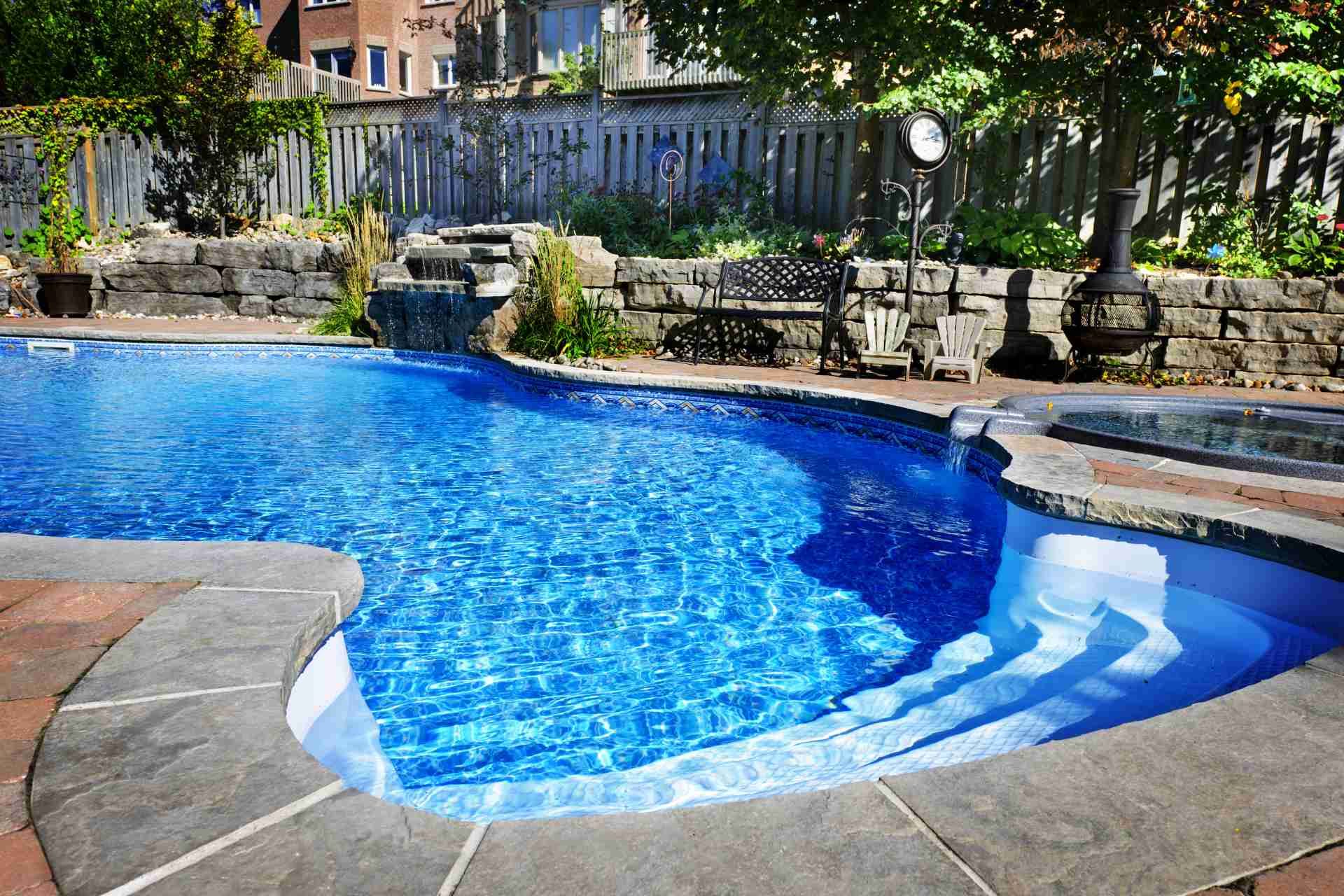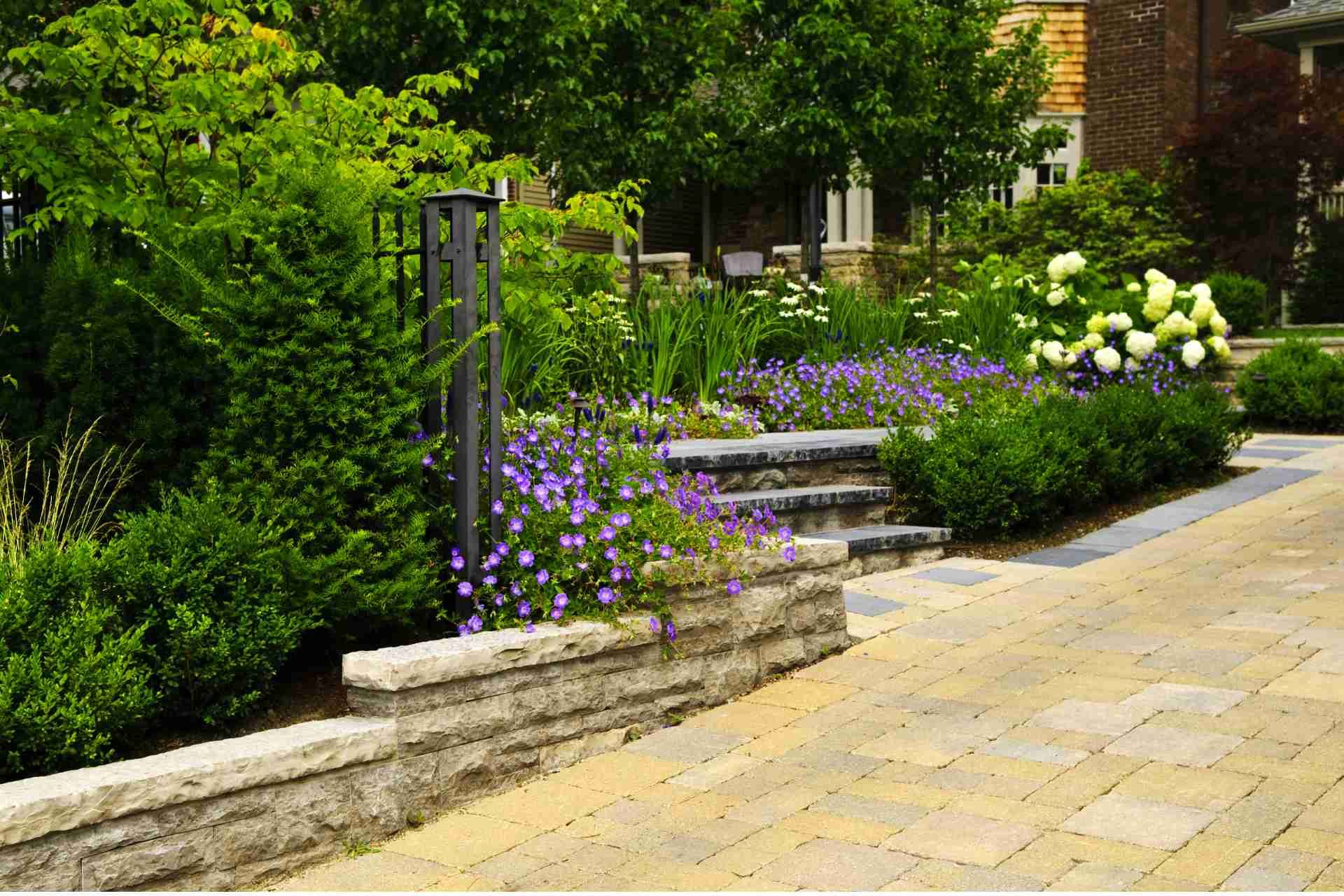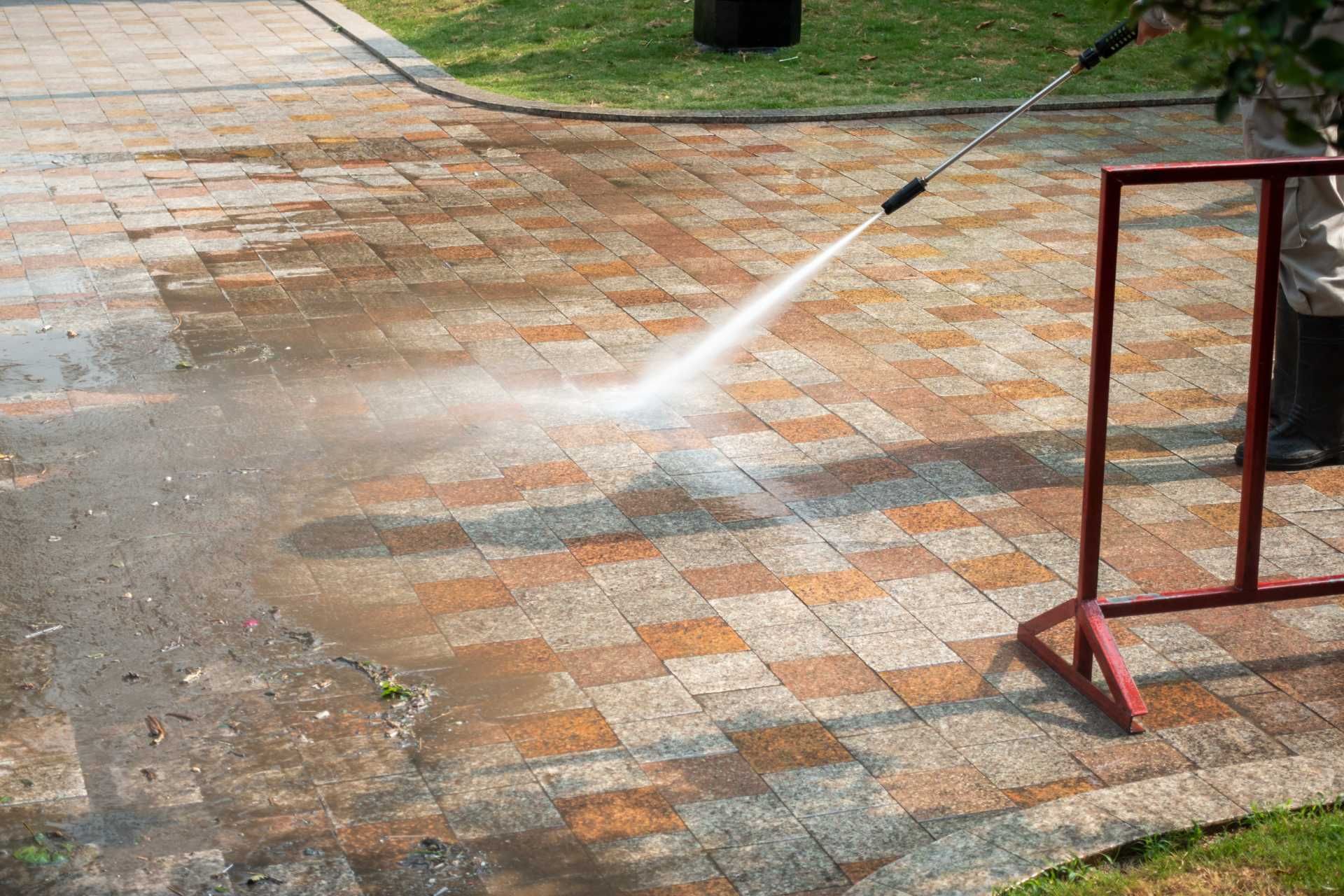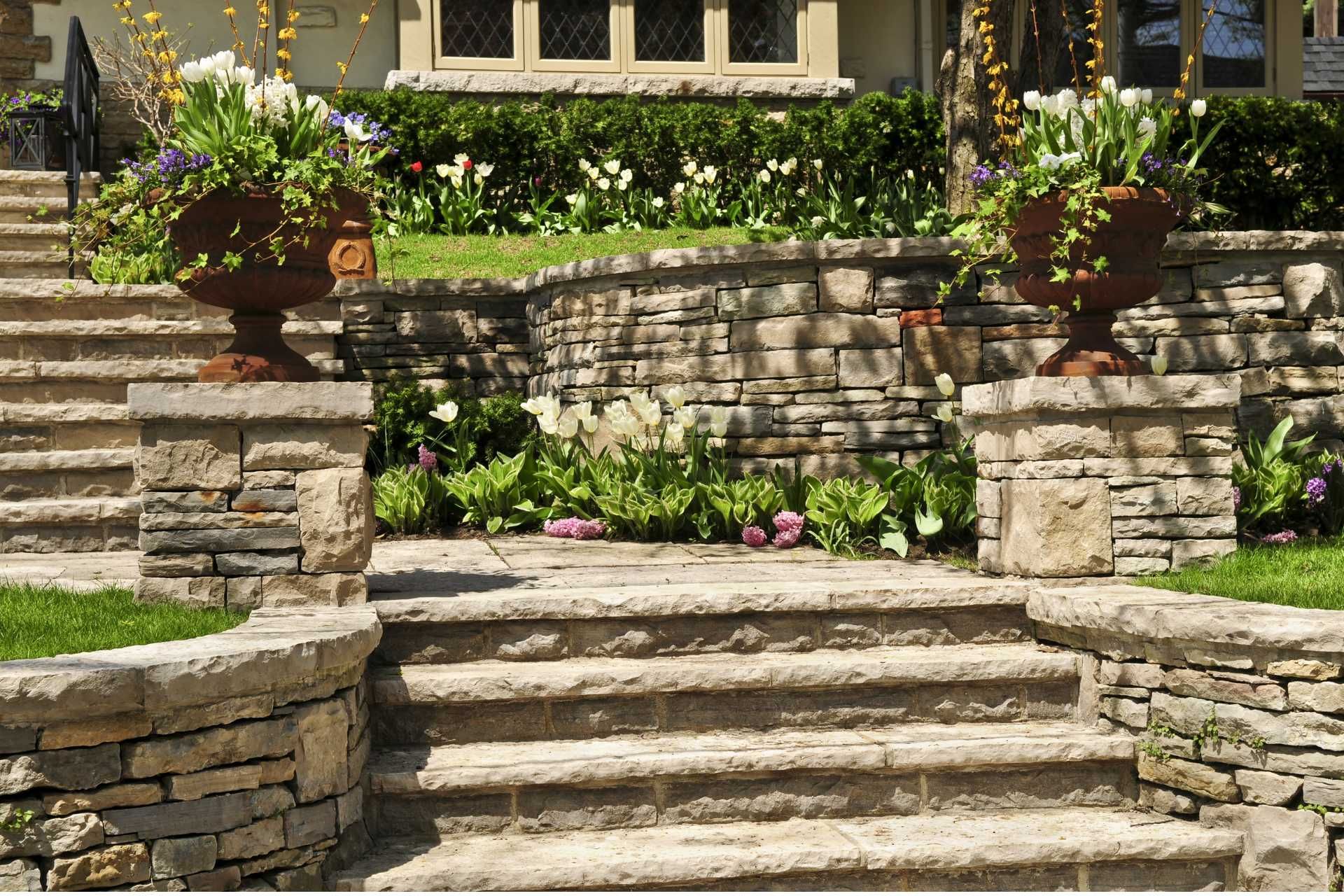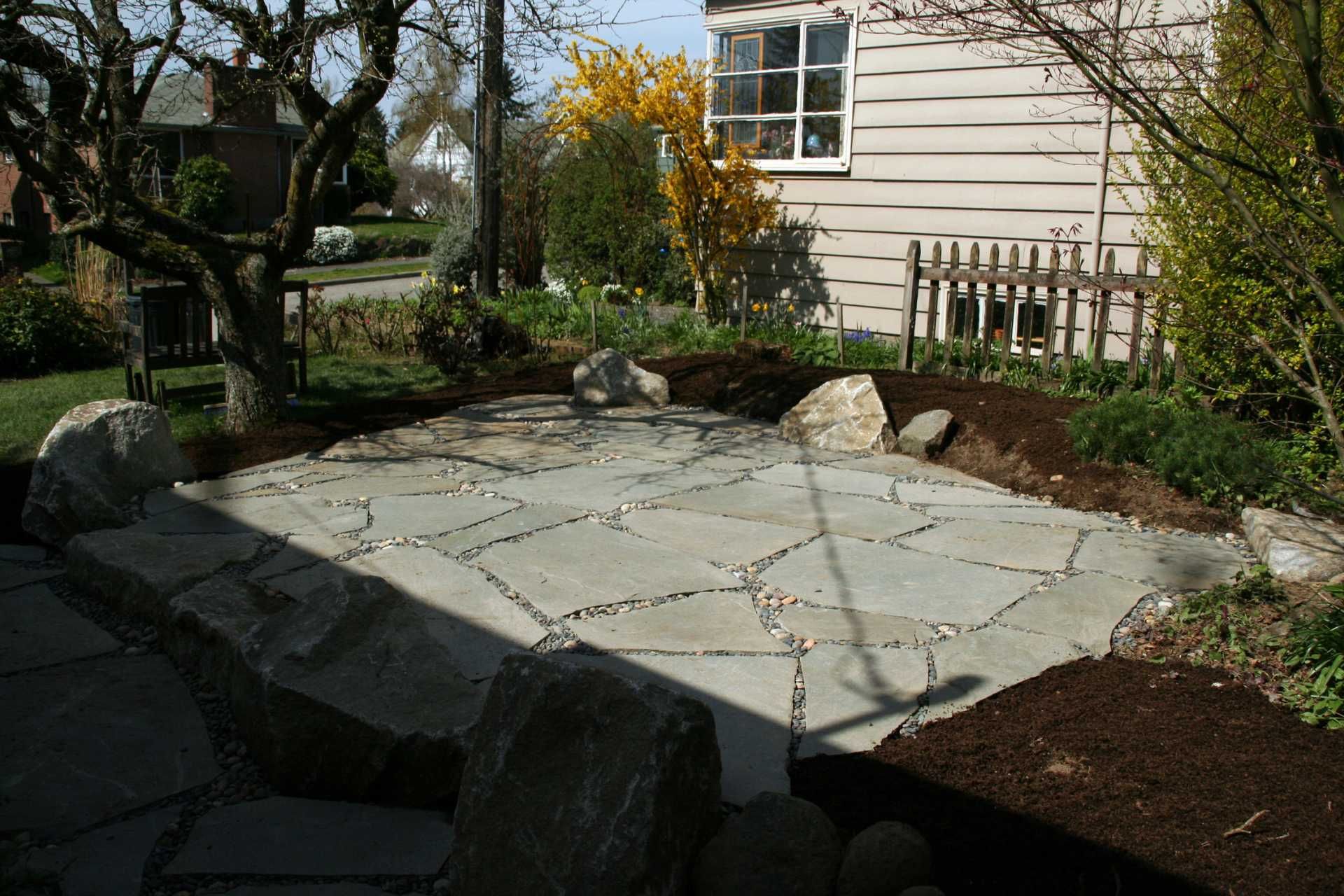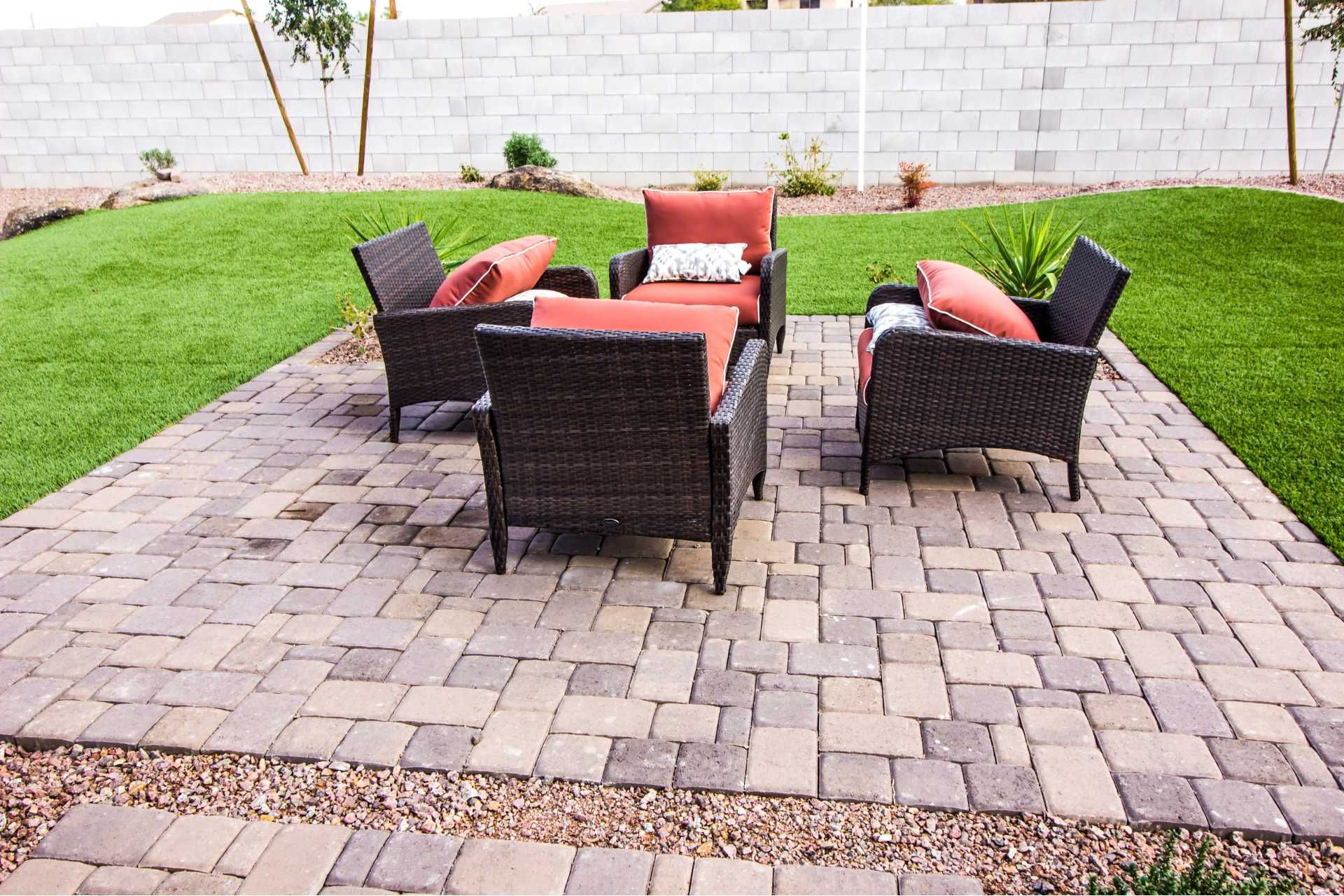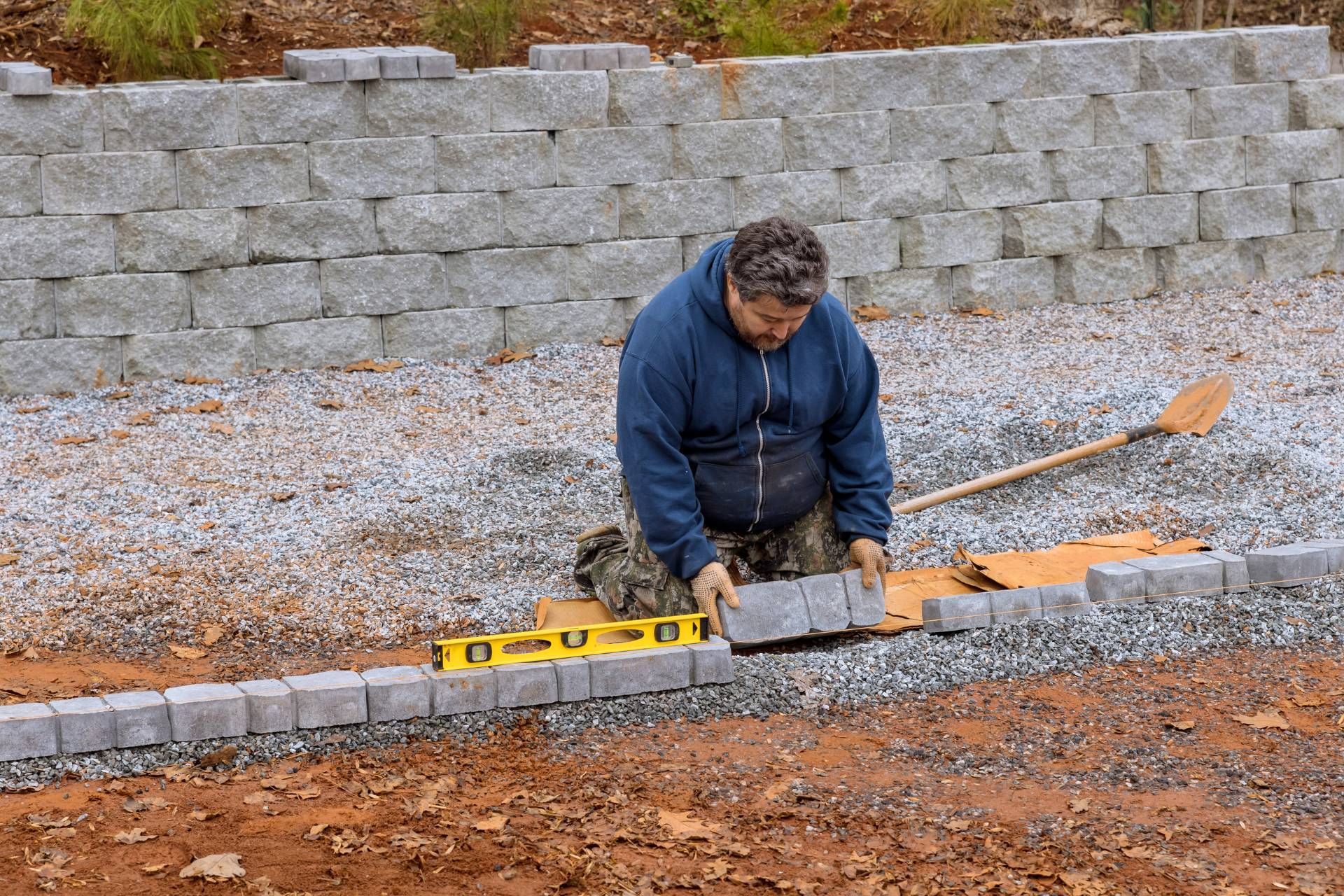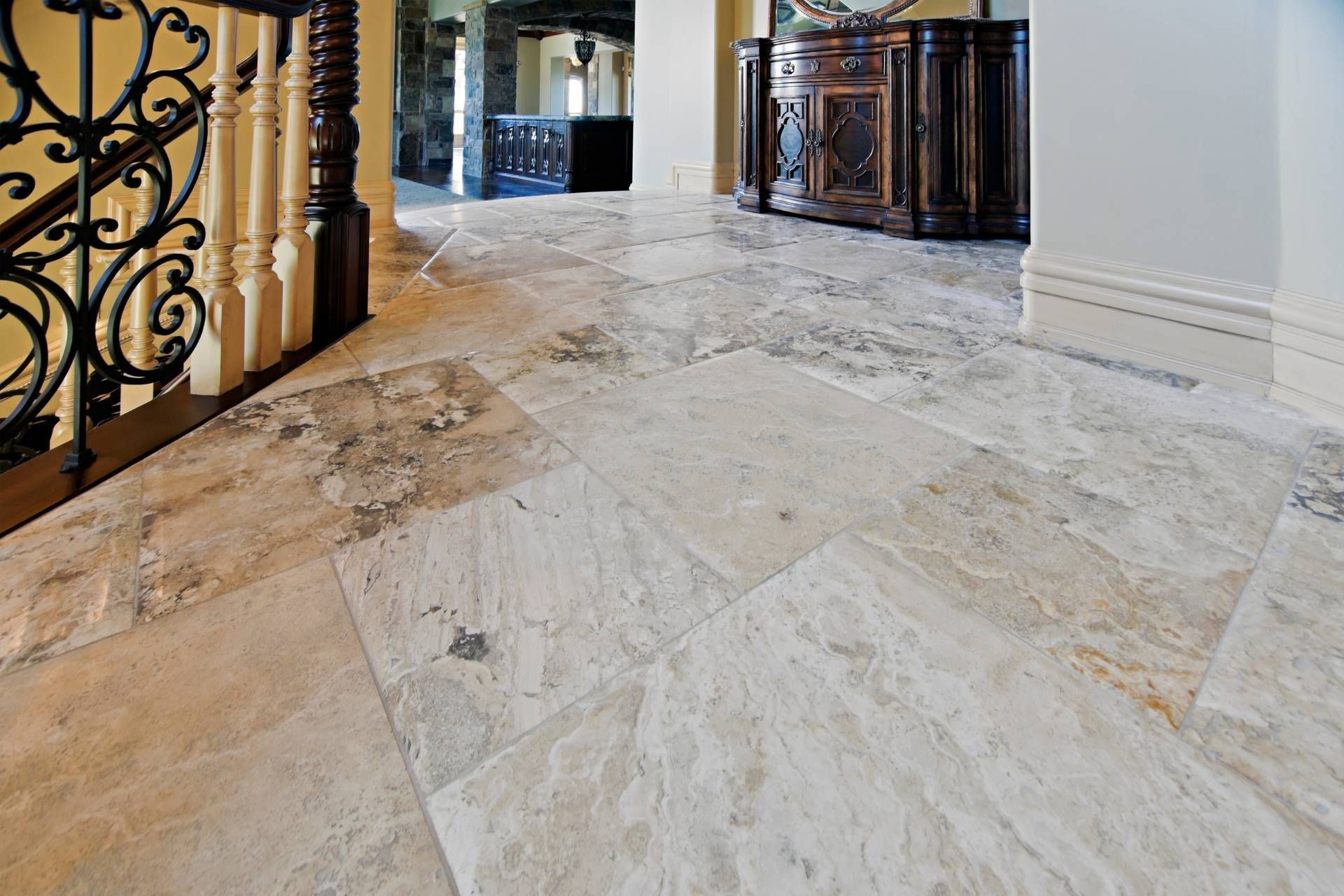Thin Brick Veneer: What you Need to Know
When it comes to the world of interior design, brick walls have become increasingly popular in recent years. Their rustic and industrial charm can instantly add character and warmth to any space. However, installing traditional brick walls can be a labor-intensive and costly process. That's where thin brick veneer comes in.
Thin brick veneer is a lightweight alternative to traditional brick that can be easily installed on any interior or exterior surface. Made from real clay bricks, thin brick veneer offers the same timeless look and feel of traditional brick, but without the added weight and complexity of installation.
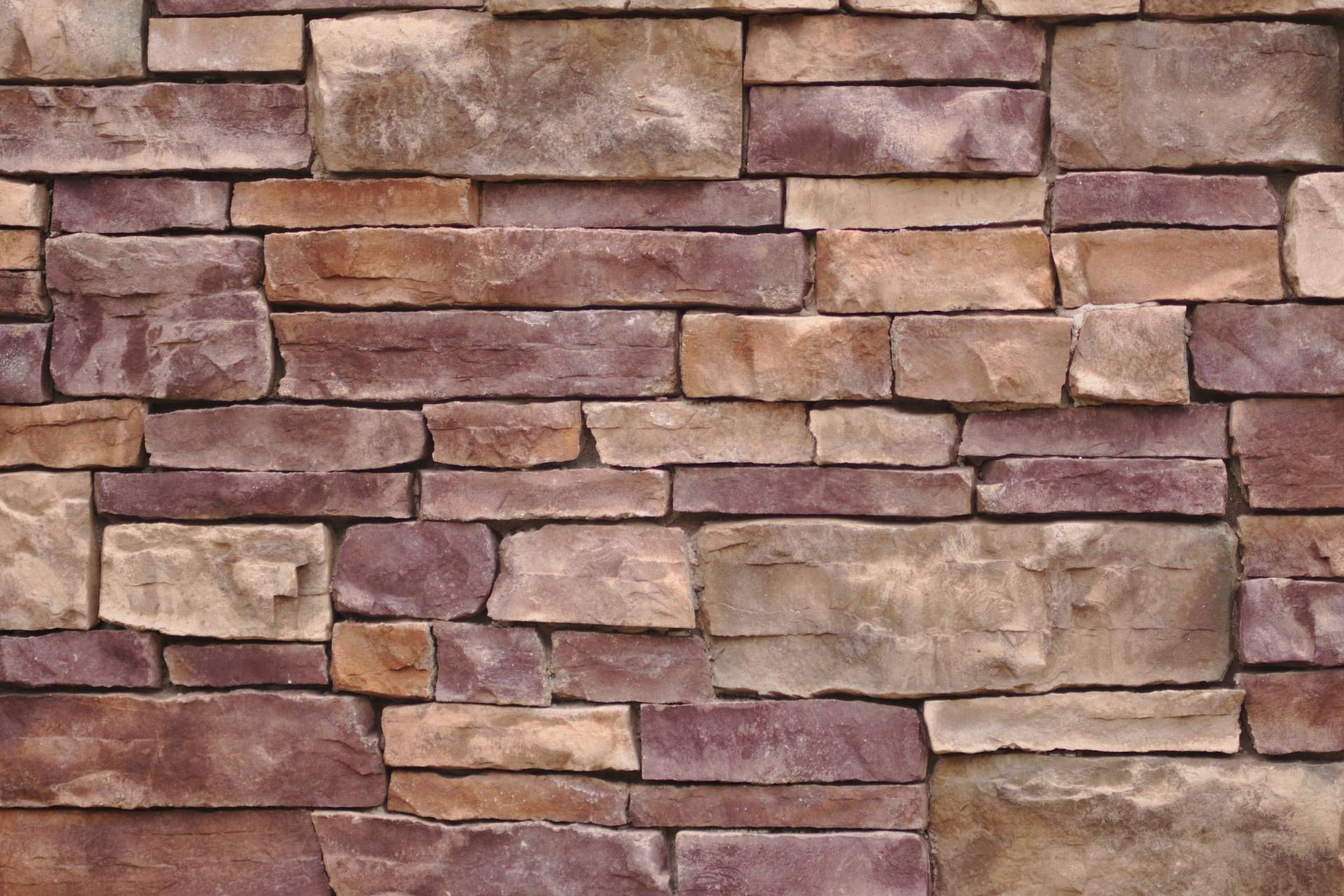
What Are Thin Brick Veneers?
Thin brick veneers are a popular choice for homeowners and designers looking to add a touch of rustic charm to their interior or exterior spaces. These bricks are made from real clay bricks that have been sliced into thin pieces, typically measuring around 1/2 inch in thickness. Despite their slim profile, thin brick veneers offer the same appearance and durability as traditional full-sized bricks, making them an excellent alternative for those who want the look of brick without the bulk.
Benefits of Thin Brick Veneer
Cost-effective
Thin brick veneer is typically more affordable than traditional brick, making it a budget-friendly option for those looking to achieve the look of brick without breaking the bank. Additionally, because thin brick veneer is lighter and easier to install, it can help save on labor costs as well.
Lightweight and easy to install
Thin brick veneer is significantly lighter than traditional brick, making it easier to transport and install. This can also make it a more versatile option for a variety of projects, as it can be installed on almost any surface without the need for additional supports.
Variety of styles and colors
Thin brick veneer comes in a wide range of styles and colors, allowing for endless design possibilities. Whether you’re looking for a modern, industrial look or a more rustic, traditional feel, there is a thin brick veneer option to suit your needs.
Durability
Despite being thinner than traditional bricks, thin brick veneer is still a durable and long-lasting material. It is made from real clay or concrete, so it can withstand the elements and is resistant to fading and chipping. With proper maintenance, thin brick veneer can last for many years.
Maintenance
Like traditional bricks, thin brick veneer requires minimal maintenance to keep it looking its best. Regular cleaning with a mild detergent and water is usually all that's needed to keep your thin brick veneer looking like new. It's also a good idea to inspect your thin brick veneer periodically for signs of wear or damage and make any necessary repairs as soon as possible.
Eco-friendly
Thin brick veneer is made from natural materials, making it a more sustainable option compared to some other siding materials. Additionally, because thin brick veneer is often made from recycled materials, it can help reduce waste and promote environmental responsibility.
How to Maintain Thin Brick Veneer
1. Clean regularly: Dust, dirt, and debris can build up on the surface of your thin brick veneer, dulling its appearance. To keep it looking fresh, clean the surface regularly with a mild detergent and water. Avoid using harsh chemicals or abrasive cleaners, as these can damage the veneer. A soft brush or cloth should be sufficient for removing most dirt and grime.
2. Seal the surface: Sealing your thin brick veneer can help protect it from water damage, staining, and other types of wear and tear. Depending on the type of sealant you choose, you may need to reapply it every few years to ensure continued protection. Be sure to follow the manufacturer's recommendations for application and drying times.
3. Repair any damage: If you notice any cracked or chipped bricks, it's important to address the issue promptly to prevent further damage. Replace the damaged bricks with new ones, ensuring they match the color and style of the existing veneer. If the damage is widespread, it may be best to consult a professional for repair or replacement.
4. Avoid excessive moisture: Thin brick veneer is porous and can absorb moisture, which can lead to
mold and mildew growth. To prevent this, make sure to keep the surface dry and well-ventilated. If the veneer is exposed to heavy rain or snow, consider installing a waterproof barrier or adding extra sealant for added protection.
5. Protect from harsh weather: Thin brick veneer is durable, but it can still be damaged by extreme weather conditions such as high winds, hail, or extreme temperatures. Consider installing awnings, overhangs, or other protective measures to shield your veneer from the elements and prolong its lifespan.
Thin Brick Veneer from NH Thinstone
At
NH Thinstone, we are committed to providing our customers with the highest quality thin brick veneer on the market. With a focus on craftsmanship and attention to detail, we take pride in delivering products that exceed our customers' expectations. So whether you're looking to update your home or enhance a commercial space,
trust NH Thinstone for all your thin brick veneer needs.
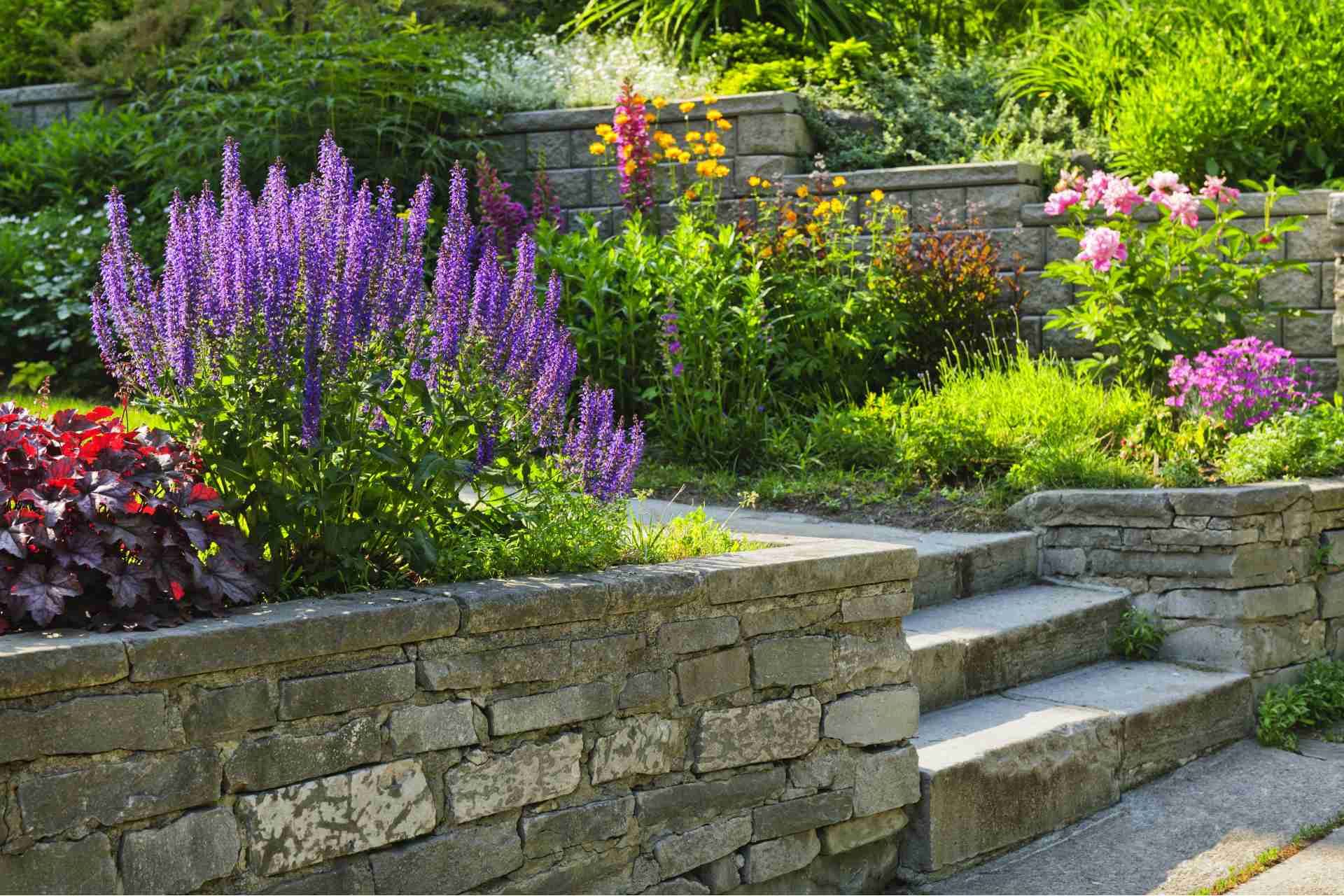

NH Thinstone
760 NH-16
Ossipee, NH 03864
CALL US
Phone: (603) 837-6685
EMAIL US
Email: ordersnht@gmail.com
HOURS
- Monday
- -
- Tuesday
- -
- Wednesday
- -
- Thursday
- -
- Friday
- -
- Saturday
- Appointment Only
- Sunday
- Appointment Only
Copyright © 2023 NH Thinstone, All Rights Reserved.

